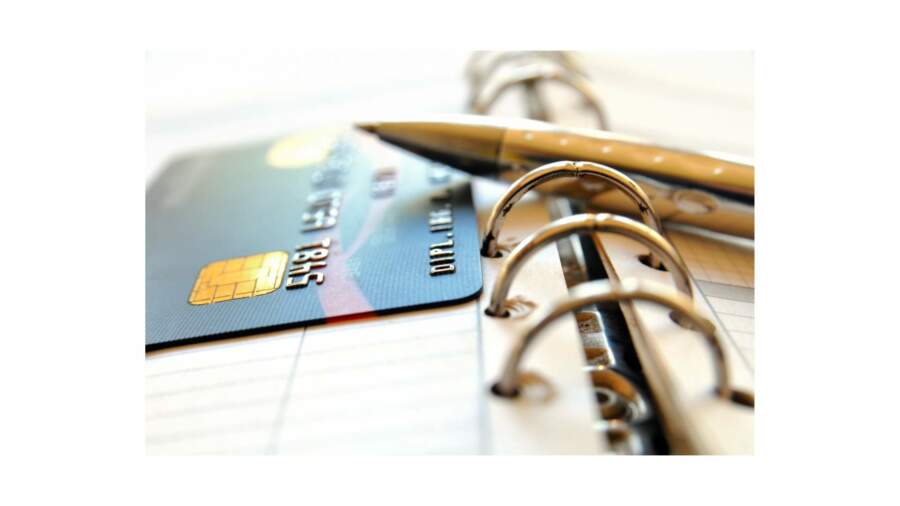
With your business credit in the green light, the next step is to take that first step toward creating your credit portfolio. It’s crucial that you create an asset management plan that covers all aspects of your business so that it’s comprehensive and easy to access. It’s also important to get this information up front, so that you’re always on the same page when creating your business portfolio.
Many people think that getting a business card is the way to go when creating credit for their businesses. This isn’t always the case, though. Business credit cards often offer higher interest rates than other accounts, and they do not offer the same amount of protection as corporate credit cards do. By separating your business credit from your personal account, you can avoid the negative impact that negative occurrences one may have on the other.
For instance, if you’ve got any financial mistakes that affect your business credit and score, you shouldn’t have them affect your credit card account when you establish a separate account and credit line for your business. Also, make sure that you keep a complete track of everything you do with your business credit. Write down everything you do, including balance transfers, purchases, and payments, and compare them to what you write down on your personal credit. If there’s any discrepancy, take action. This may not seem like much work at first, but it can really make a difference in how you manage your credit.
When establishing your business credit card, make sure you get a company card that offer competitive rates, a high reward system, and a good rewards program. You should also get a card that allows you to transfer credit card balances between cards and offers flexible spending, such as no credit check penalties or late fees. Finally, make sure that you keep your business accounts separate from personal accounts.
Once you get your business credit cards, you should use them responsibly. Make sure that you’re using them for the right purpose and that you’re able to pay them off each month. Paying them off every month also ensures that you’re making the lowest monthly payment possible.
One mistake that many people make is to transfer business cards from one credit card to another. Don’t do this! Instead, transfer the balances each month to your business card, which you’ll keep on a separate line of credit. This gives you added protection against overdrafts. and late charges.
Be sure that you only carry a balance on one business card at a time. Doing so can leave you with higher interest rates and late fees than you would if you had an unlimited credit line. Also, make sure that you pay off your business card on a regular basis, because paying late will hurt your credit score.
Business credit cards are very useful when you want the peace of mind that comes with having your business assets in place when you’re traveling. It will save you a lot of stress and money in the long run.
If you’re using your credit cards for traveling, you should limit the amounts that you charge. You don’t want to be left with high balances at the end of the trip or at the beginning of your next trip.
Another thing you can do to protect your credit when traveling is to pay off all of your travel expenses using cash. Using travelers checks and cash will also provide peace of mind. when it comes time to pick up the check or pick up that bag!
The next step is to start building your business credit through the rewards that you can get with business credit cards. For example, if you’re a business owner who has several credit cards, choose the one with the highest rewards system. and pay it off each month so that you have it open and available when you need it most.
When you’re done with that card, make sure that you use it wisely, and keep a good balance. and you’ll soon have a strong business credit history that will allow you to enjoy the perks and privileges of owning your own business.


